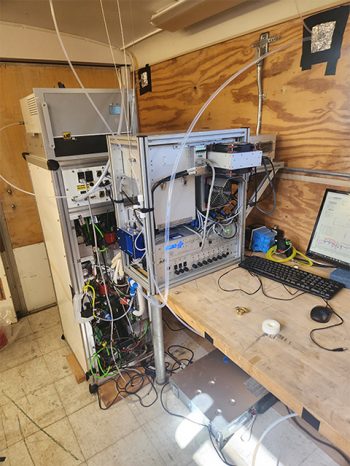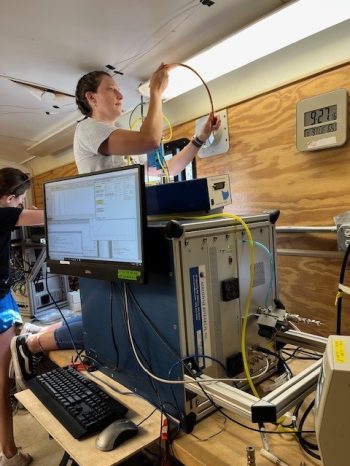


EMBRACE Project Kicks Off
During this 6-week field campaign, students from Weber State University are using state-of-the-art instrumentation from Aerodyne Research along with support from Aerodyne scientists to examine the atmospheric chemistry of the Salt Lake City airshed. This area is distinct from other metropolitan areas in the United States due to the region’s unique combination of industrial halogen emissions and topography. For example, approximately 75 percent of the chlorine emissions in the United States occur within 50 miles of downtown Salt Lake City. Previous efforts to model the impacts of these emissions have predicted significant impacts on the region’s oxidation budget, ozone, and particulate matter (PM) concentrations. Understanding how this distinct atmospheric chemistry affects Salt Lake City’s 2.7 million residents is vital.



- The relative amounts of gas phase oxidation initiated by chlorine, bromine, and hydroxyl radicals in the Salt Lake City airshed
- The contribution of this halogen-initiated chemistry to PM concentrations in the region
